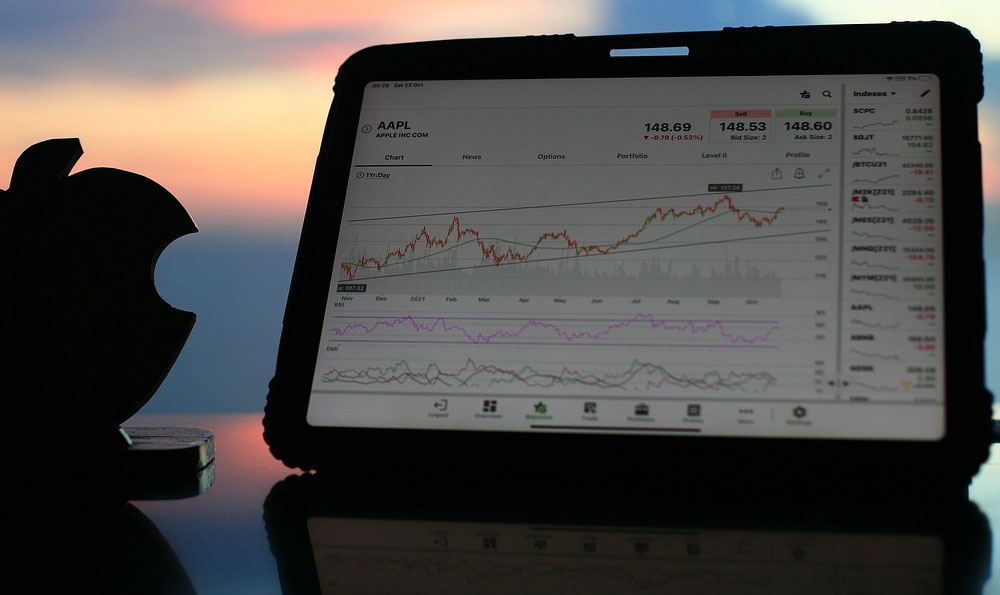Discord Monetization: How the Platform Generates Revenue
Discord, once a niche platform for gamers, has evolved into a multifaceted digital ecosystem that spans entertainment, community building, and enterprise communication. Its revenue model reflects this transformation, blending traditional subscription-based monetization with innovative advertising strategies and diverse monetization avenues for creators. Understanding how Discord generates income requires an examination of its layered approach, which not only caters to its core user base but also adapts to the shifting demands of the digital economy. At the heart of Discord's financial strategy lies its ability to balance user experience with profitability, ensuring that its monetization efforts do not detract from the platform's appeal as a hub for real-time interaction and community engagement. This duality is particularly evident in its subscription service, which introduces a premium tier while maintaining a free, accessible entry point. The platform’s revenue streams are further diversified through enterprise solutions, which tap into the growing demand for collaborative tools among businesses, and through the integration of virtual goods and in-app transactions that empower users to monetize their own interactions. A closer look at these components reveals the nuanced way in which Discord has positioned itself as a sustainable and scalable business, leveraging its unique value proposition to generate revenue across multiple channels.
The foundation of Discord’s financial model rests on its freemium structure, wherein the basic version of the platform remains free while offering optional paid features through subscriptions. Nitro, its premium subscription service, has been a cornerstone of this strategy, providing users with enhanced functionalities such as higher-quality audio and video, custom emojis, and exclusive server boosts. Launched in 2018, Nitro quickly became a significant revenue driver, with its tiered pricing model allowing users to choose between monthly and annual subscriptions for varying levels of access. This approach not only captures recurring revenue but also encourages user retention by offering clear value propositions for those willing to invest. However, the success of Nitro is not without its challenges; keeping users engaged with paid features while managing the balance between cost and functionality is a delicate act. Discord’s ability to maintain a profitable subscription model is further bolstered by its expanding user base, which includes a growing number of non-gamer communities, ensuring a steady influx of potential customers.
In addition to subscriptions, Discord has embraced an advertising model that capitalizes on its large user base and high engagement rates. This strategy is particularly effective in a platform where content creators often rely on in-game interactions for their own monetization. While Ethereum-based platforms such as Crypto.com have traditionally offered direct engagement with blockchain technology, Discord’s approach to advertising has focused on integrating targeted ads seamlessly into the user experience. The platform’s ad partners, which include a range of brands and services, benefit from the ability to reach a highly engaged audience through weekly livestreams, community events, and in-app promotions. However, this model has sparked debates over privacy and user annoyance, as advertisers seek to maximize reach while minimizing disruption. Diskord’s success in this area depends on its ability to strike a balance, ensuring that ads enhance rather than detract from the user experience.

Discord’s revenue model also extends to enterprise solutions, which have become a vital part of its business strategy. This segment targets businesses and organizations seeking scalable communication tools for their teams, and it leverages Discord’s unique ability to provide a high degree of customization and integration. Enterprises can access features such as stored files, automated workflows, and advanced API integrations, all of which encourage long-term commitment in exchange for usage fees. The enterprise segment not only offers a steady revenue stream but also positions Discord as a serious competitor in the growing market for business communication software. While this category absorbs a significant portion of Discord’s revenue, it remains a highly competitive landscape, with established players such as Slack and Microsoft Teams deeply entrenched in the industry.
Discord’s financial model is further augmented by the integration of virtual goods and in-app transactions, which have become a new avenue for monetization on the platform. This strategy empowers users to earn and trade virtual assets, such as custom emojis or themed server outfits, directly within the application. These items are often sold by users through the official Discord store or third-party marketplaces, generating direct revenue for the creators while contributing to the platform’s overall digital economy. Such monetization methods not only diversify Discord’s income sources but also foster user creativity, rewarding those who contribute to the platform’s vibrancy. However, the challenge lies in ensuring that these transactions align with the platform’s policies while preventing the emergence of unchecked market forces that could potentially alienate users.
Discord’s approach to monetization is a testament to its ability to adapt to the changing dynamics of the digital economy. The platform has successfully diversified its revenue streams while maintaining its core value as a hub for real-time communication and community engagement. Whether through subscriptions, advertising, enterprise solutions, or virtual transactions, Discord has integrated monetization into its user experience in a way that aligns with both business goals and user preferences. As it continues to expand its reach across new markets and industries, Discord’s financial strategy will be a critical factor in determining its long-term sustainability and growth.















